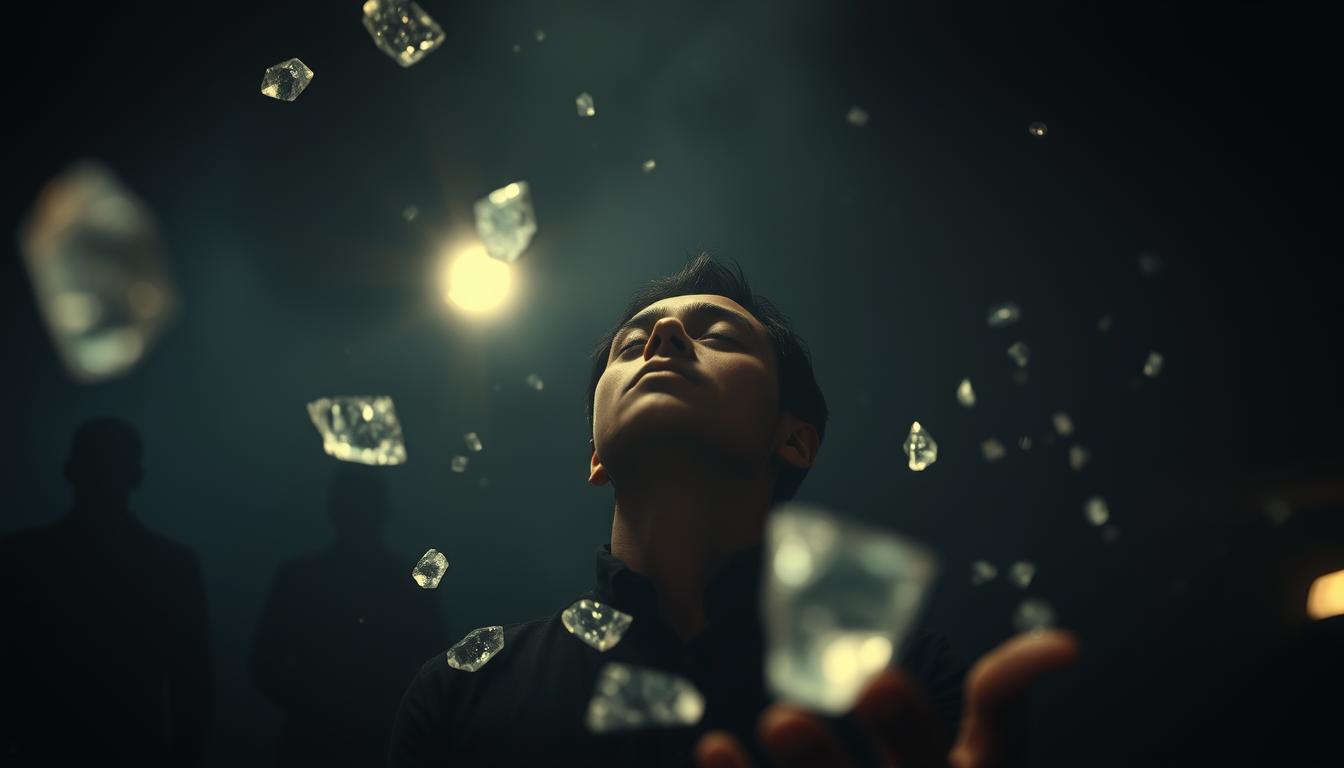During the Cold War, the United States explored unconventional methods to gather intelligence. One of the most fascinating was remote viewing, a trained psychic skill developed under government programs. This practice aimed to access information beyond the limits of time and space using the power of the mind.
The CIA sponsored research into this ability, working with institutions like the Stanford Research Institute. Pioneers like Ingo Swann helped refine the techniques, turning natural psychic receptivity into a structured process. Unlike spontaneous psychic experiences, remote viewing followed specific protocols to ensure accuracy.
Originally used for espionage, this practice has since found applications in personal development. People today use it to gain insights into their lives, explore hidden truths, and even visualize future possibilities. The journey of remote viewing from classified projects to modern-day curiosity is a testament to its enduring intrigue.
Key Takeaways
- Remote viewing was developed as a psychic skill under US government programs.
- It originated during the Cold War with CIA-sponsored research.
- Techniques were refined by key figures like Ingo Swann.
- It differs from natural psychic abilities due to its structured approach.
- Initially used in espionage, it now aids personal growth and exploration.
What Is Remote Viewing?
Remote viewing is a fascinating skill that taps into the mind’s potential to perceive distant targets. It involves acquiring accurate information about people, places, or events without relying on physical senses. This ability goes beyond natural psychic flashes, as it follows a structured and trainable process.
Unlike clairvoyance, which often relies on innate talent, remote viewing is a systematic technique. Practitioners use specific protocols to enhance their focus and accuracy. For example, Ingo Swann, a pioneer in this field, developed coordinate-based systems to refine the process.
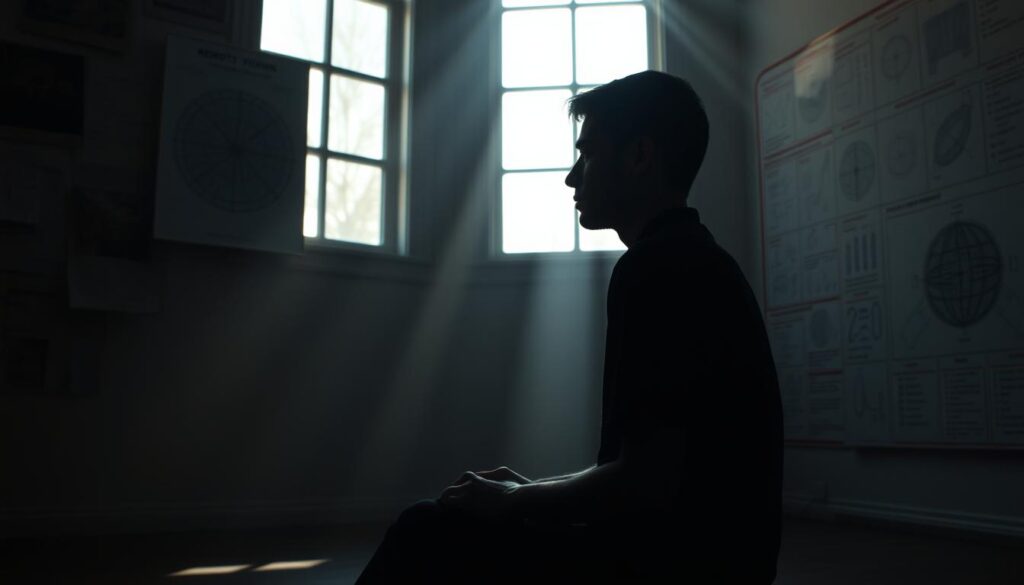
Remote viewing engages multisensory perception, allowing individuals to experience sights, sounds, and even smells through mental focus. Karen T. Hluchan describes this as tapping into the “third eye,” a way to access hidden knowledge.
“Fainter impressions are often more reliable, as they bypass the mind’s tendency to overanalyze.”
This practice has been credited by notable figures like George Soros and Conrad Hilton, who attribute their success to intuitive insights. The blend of structured protocols and natural intuition makes remote viewing a unique and powerful experience.
The History of Remote Viewing in the US
In the 1970s, the U.S. government ventured into uncharted territory with psychic research. The Cold War rivalry between the U.S. and the Soviet Union sparked a unique arms race—one that focused on the mind’s potential. Both nations explored unconventional methods to gain an edge, leading to the birth of the remote viewing program.
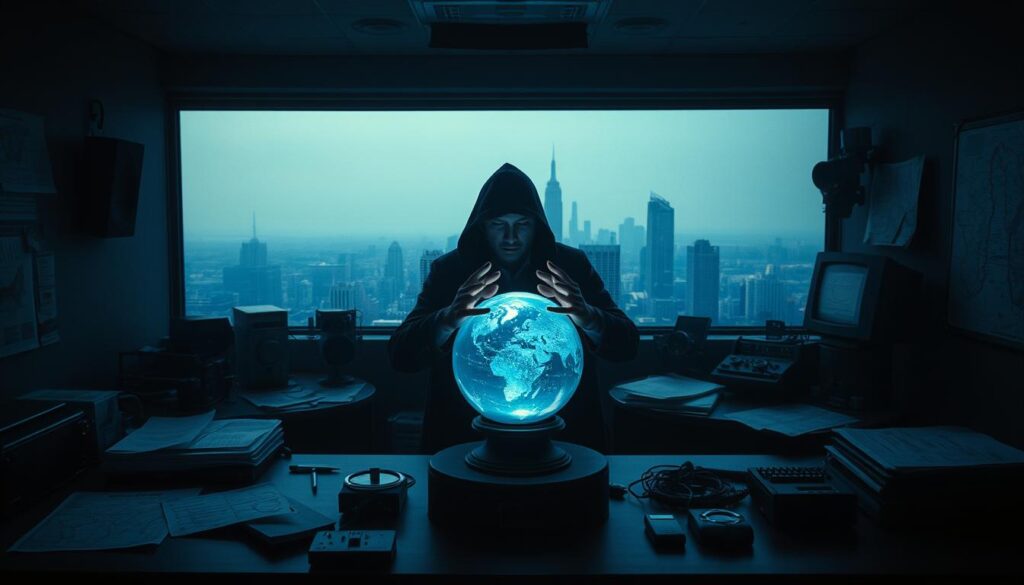
The Stanford Research Institute (SRI) became a key player in this effort. Funded by the CIA, SRI conducted groundbreaking experiments to test extrasensory perception (ESP). Researchers worked with individuals like Ingo Swann, who developed coordinate-based methods to enhance accuracy. Swann’s techniques, including weather predictions and object-in-box tests, were validated through rigorous research.
One of the most notable projects was the CIA’s $20 million Stargate Project, which ran from 1972 to 1995. This initiative aimed to harness psychic abilities for intelligence gathering. Pat Price, a former police officer, contributed significantly by locating hidden military sites with remarkable precision. His work demonstrated the practical applications of this information-gathering tool.
“The mind’s ability to transcend time and space was no longer just a theory—it was a weapon.”
These efforts marked a pivotal moment in the history of intelligence agencies. The declassification of these programs in the 1990s revealed the extent of the U.S. government’s interest in psychic phenomena. Today, this chapter of history continues to fascinate those exploring the boundaries of human potential. For more on unlocking similar abilities, check out this guide on clairvoyance.
How Remote Viewing Works
The process of remote viewing involves a structured approach to accessing hidden knowledge. Unlike spontaneous psychic experiences, it relies on specific techniques to tap into the mind’s potential. This ability uses systematic methods to gather information beyond physical senses.
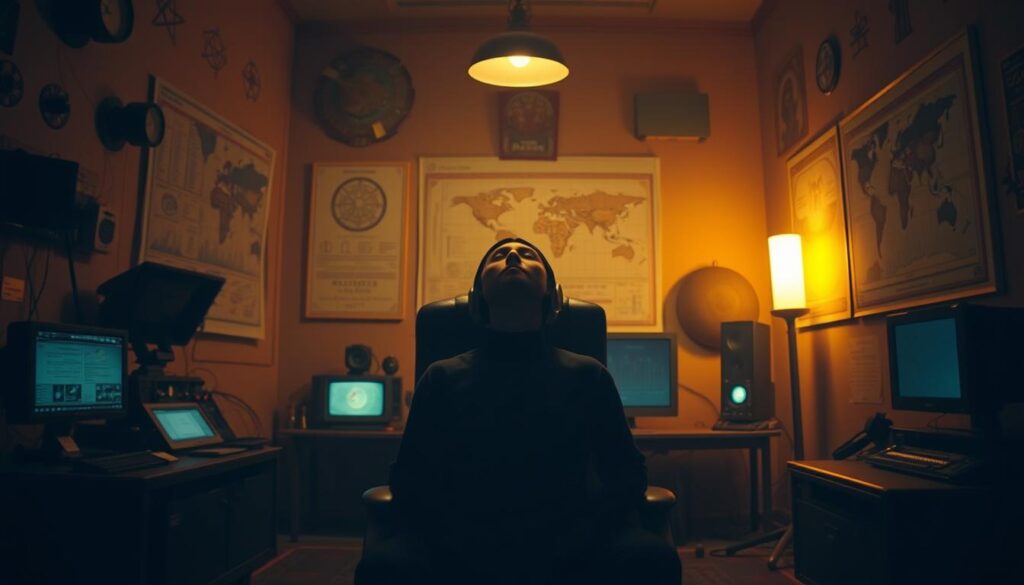
The Six-Stage CRV System
Developed by Ingo Swann, the Controlled Remote Viewing (CRV) system is a disciplined practice. It breaks down the process into six stages to enhance accuracy and focus. Here’s how it works:
- Ideogram Sketching: The viewer starts with quick, abstract drawings to capture initial impressions.
- Sensory Impressions: Details like textures, colors, and sounds emerge as the mind focuses.
- Analytical Overlay: The viewer interprets the data, avoiding premature conclusions.
Swann’s method emphasizes the “aperture of perception” concept. This means gradually expanding focus to avoid overwhelming the mind. By prioritizing ambiguous sensations, viewers often uncover more accurate insights.
“Low-confidence impressions often prove the most reliable, as they bypass the mind’s tendency to overanalyze.”
For example, Joe McMoneagle, a key figure in the Defense Intelligence Agency (DIA), used CRV to produce detailed sketches of distant locations. His work demonstrated the practical applications of this skill.
Contrasting with earlier unstructured psychic methods, CRV provides a clear way to refine and validate impressions. This structured basis sets it apart as a unique and powerful tool for accessing hidden knowledge.
Key Figures in Remote Viewing
The development of remote viewing was shaped by remarkable people whose contributions remain influential today. These individuals brought unique skills and perspectives to the practice, turning it into a structured and reliable method.
One of the most prominent names in this field is Ingo Swann. An artist and scientist, Swann coined the term “remote viewing” and developed the Controlled Remote Viewing (CRV) system. His experiments, including quark detector tests, demonstrated the potential of this ability to access hidden knowledge.
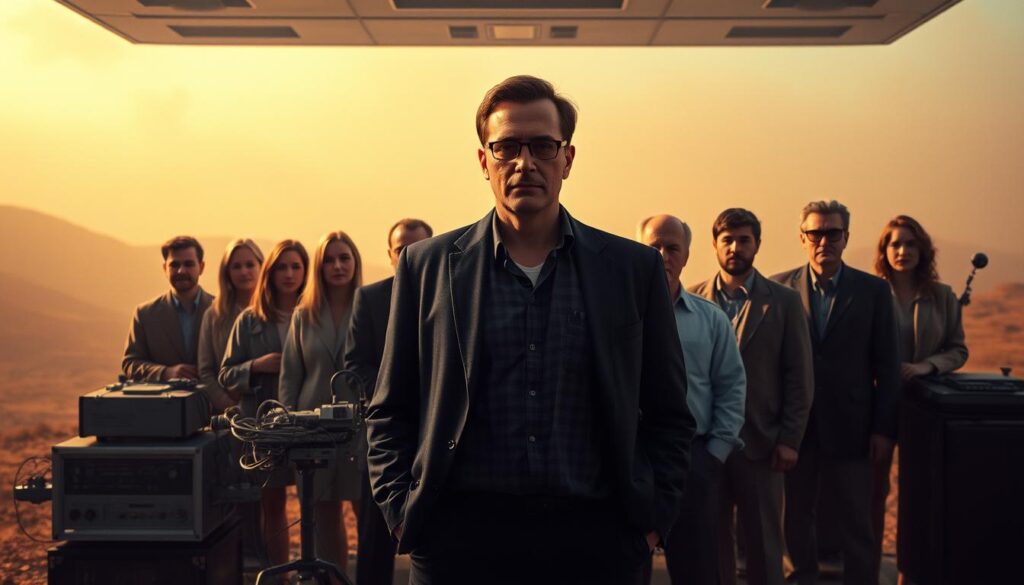
Another key figure is Joe McMoneagle, a military veteran awarded the Legion of Merit for his work with the Defense Intelligence Agency. His operational successes showcased the practical applications of this skill in high-stakes scenarios.
Pat Price, a former police commissioner, also played a crucial role. His contributions to Cold War intelligence gathering highlighted the effectiveness of this method in real-world situations. Price’s life and work remain a testament to the power of disciplined practice.
Other notable remote viewers include Lyn Buchanan and Paul Smith, who trained others in the program. Their efforts ensured the continuity and refinement of these techniques. Additionally, researchers like Russell Targ and Harold Puthoff at the Stanford Research Institute provided the scientific foundation for this practice.
“The mind’s potential is limitless when guided by structure and focus.”
These individuals not only advanced the field but also inspired countless others to explore their own abilities. Their work continues to influence both scientific research and personal development, making them true pioneers in this fascinating event in history.
Scientific Validation of Remote Viewing
The exploration of psychic abilities gained significant scientific attention during the Cold War. Programs like the Stargate Project aimed to validate these phenomena through rigorous scientific analysis. Over two decades, researchers worked to establish a basis for understanding how the mind could access hidden information.
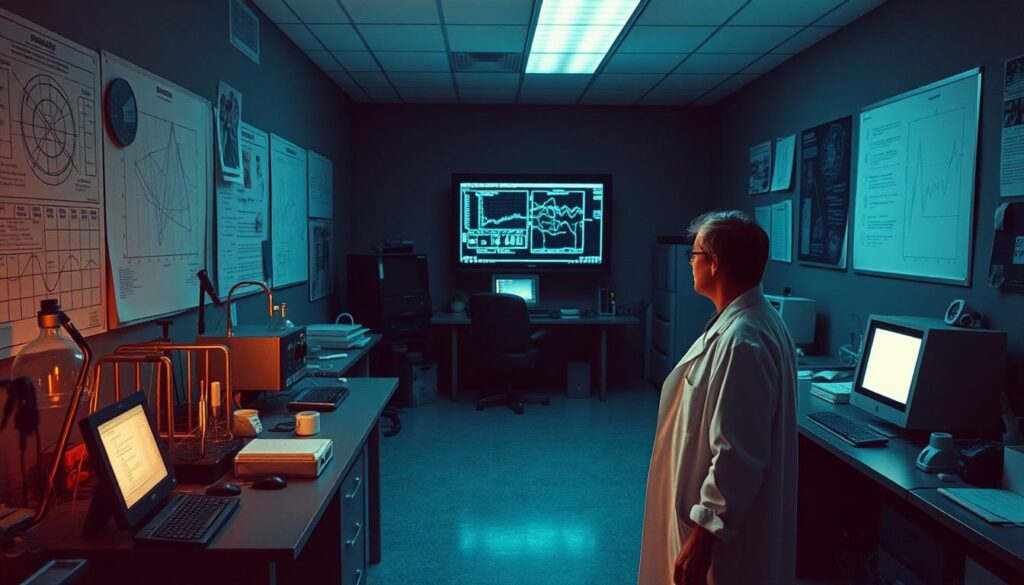
The Stargate Project
One of the most notable efforts was the CIA’s Stargate Project, which spanned 20 years and had a $20 million budget. This initiative focused on research remote viewing and its potential for intelligence gathering. The project involved collaborations with institutions like Stanford Research Institute, where key experiments were conducted.
PEAR Lab’s experiments with random number generators (RNGs) provided compelling evidence. Their findings showed 375 trillion-to-1 odds favoring psychic influence, a result that challenged conventional scientific understanding. Statistician Jessica Utts analyzed the Stargate data and concluded,
“Psychic functioning has been well established.”
Dean Radin’s meta-analyses further supported these claims, showing a 4-8% accuracy rate above chance. Despite these findings, skepticism remains due to challenges in repeatability. However, the statistical significance of the results continues to spark debate and interest in the field.
These efforts not only advanced scientific analysis of psychic phenomena but also opened new avenues for exploring the mind’s potential. The Stargate Project remains a pivotal chapter in the history of research remote viewing.
How to Practice Remote Viewing
Unlocking the potential of the mind requires focus and practice. This skill involves tapping into your mental abilities to perceive information beyond physical senses. Whether you’re a beginner or looking to refine your technique, following a structured approach can enhance your results.
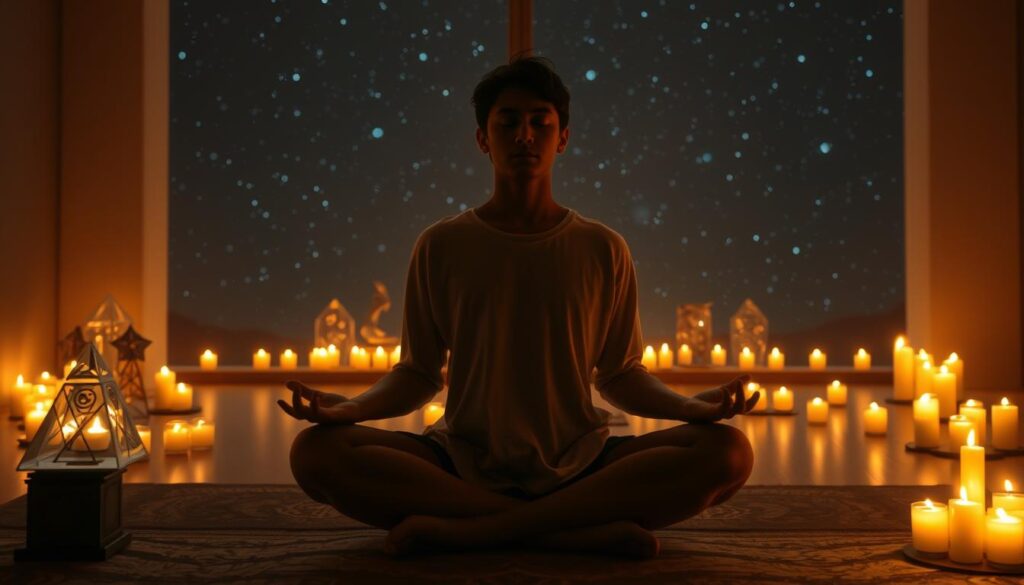
Setting Up Your Session
Start by creating a calm environment. A quiet space helps you focus your mind and reduce distractions. Begin with a 15-minute meditation to quiet analytical thinking. This prepares your mental state for the session.
Next, select a target. Use magazine cutouts sealed in envelopes to practice. This method ensures you don’t know the target beforehand, allowing your feelings and impressions to guide you. Write down or sketch what comes to mind without self-editing.
Interpreting Your Results
After your session, review your notes or sketches. Pay attention to feelings, colors, textures, and temperatures. These details, known as “dimensionals,” often hold valuable insights.
Trust low-confidence impressions. As Gaia’s ambiguity methodology suggests,
“Fainter impressions are often more reliable, as they bypass the mind’s tendency to overanalyze.”
Overtime, you’ll identify patterns in your accuracy, helping you refine yourskill.
This way of practicing not only enhances your abilities but also deepens your understanding of the mind’s potential. With consistent effort, you’ll unlock new levels of perception and insight.
Applications of Remote Viewing
The practical uses of psychic abilities extend far beyond the realm of espionage. From solving crimes to guiding business decisions, this skill has found its place in various aspects of life. Its versatility makes it a valuable tool for individuals and organizations alike.
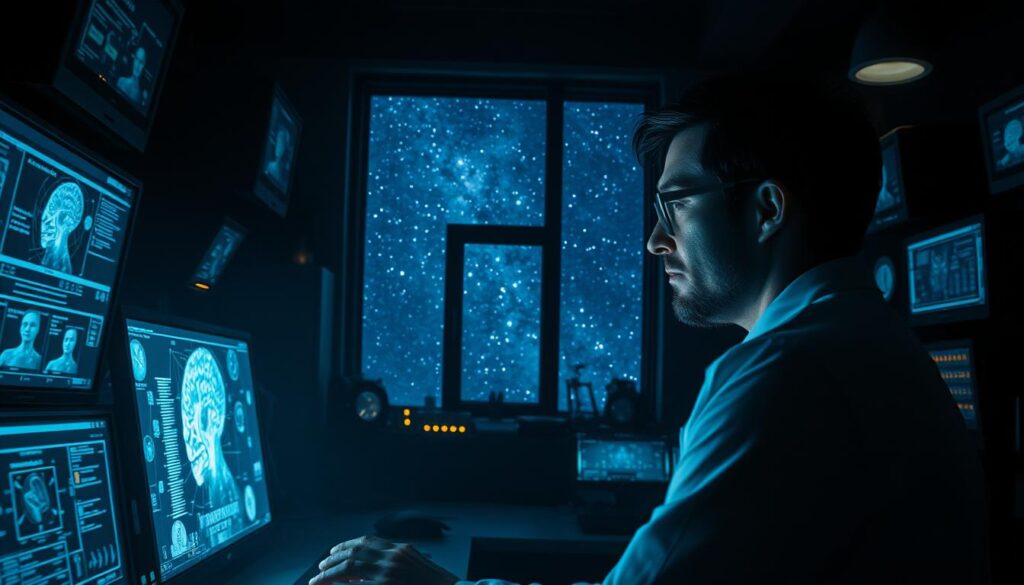
In the military and intelligence sectors, this method has been used to locate hostages and gather critical information. For example, Pat Price’s work during the Cold War demonstrated its effectiveness in identifying hidden military sites. These applications highlight its potential in high-stakes scenarios.
On a personal level, it aids in decision-making and creative inspiration. Many individuals use it to gain insights into their life paths or to explore hidden truths. Karen T. Hluchan’s work in solving missing persons cases is a testament to its practical value in everyday events.
Corporations have also adopted this practice for market forecasting and strategic planning. George Soros, a renowned investor, attributes part of his success to intuitive insights. This approach allows businesses to stay ahead in a competitive world.
Modern hobbyist communities, like those at IRVA conferences, continue to explore and refine these techniques. Their research ensures that this skill remains accessible to others interested in unlocking their potential.
| Application | Example |
|---|---|
| Military/Intelligence | Locating hostages, identifying hidden sites |
| Personal Growth | Decision-making, creative inspiration |
| Corporate Use | Market forecasting, strategic planning |
| Crime-Solving | Karen T. Hluchan’s missing persons cases |
| Hobbyist Communities | IRVA conferences, skill refinement |
From high-stakes operations to personal exploration, this skill continues to shape the world in unexpected ways. Its applications prove that the mind’s potential is limitless when guided by focus and discipline.
Common Myths and Misconceptions
Many misconceptions surround the practice of remote viewing, often fueled by Hollywood portrayals. People imagine it as a flawless, crystal-clear vision of distant targets. In reality, it’s a multisensory experience involving impressions of textures, sounds, and even smells. Karen T. Hluchan explains that these subtle cues are often more reliable than vivid images.
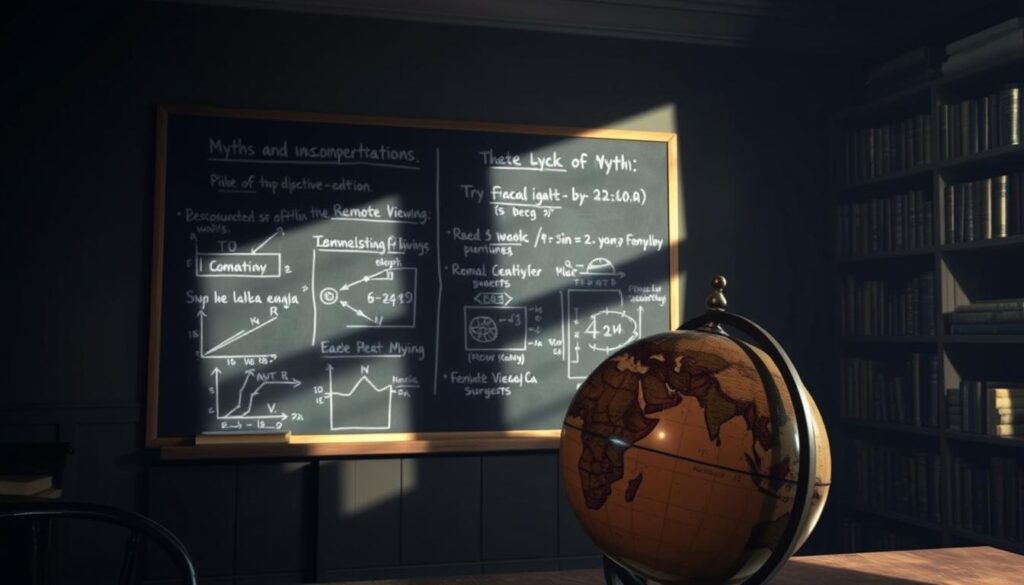
Another common myth is that remote viewing is the same as astral projection. While both involve accessing information beyond physical senses, they are distinct practices. Astral projection focuses on the soul’s journey, while remote viewing is a structured method for gathering intelligence.
Some people fear being “stuck in the astral plane” during these practices. This stems from the silver cord theory, which suggests a connection between the physical body and the astral self. However, remote viewing doesn’t involve leaving the body, making this fear unfounded.
Claims of memorization or cheating have also been debunked. Ingo Swann’s randomized coordinate tests ensured that participants couldn’t rely on prior knowledge. This rigorous approach validated the authenticity of the psychic abilities involved.
“The scientific community remains divided on the validity of remote viewing, but the evidence cannot be ignored.”
Despite its practical applications, the scientific community’s reception has been polarized. While some researchers, like Jessica Utts, have validated its accuracy, others remain skeptical due to challenges in repeatability. This ongoing debate highlights the complexity of understanding the mind’s potential in this unique way.
Conclusion
From its origins in classified programs to its modern-day applications, remote viewing has evolved into a versatile practice. What began as a Cold War tool for intelligence gathering is now a valuable method for personal growth and self-discovery. Its structured approach, developed by pioneers like Ingo Swann, continues to inspire curiosity and exploration.
For those interested in learning more, resources from the International Remote Viewing Association (IRVA) or books by Joe McMoneagle and Ingo Swann offer excellent starting points. Dean Radin’s research reaffirms that psychic aptitude, though subtle, is a universal human ability worth exploring.
Experimenting with meditation and target exercises can open new doors to understanding the mind’s potential. As Karen T. Hluchan wisely reminds us, “Bring more love and light to this world.” This journey into knowledge and self-awareness can enrich your life in unexpected ways.

